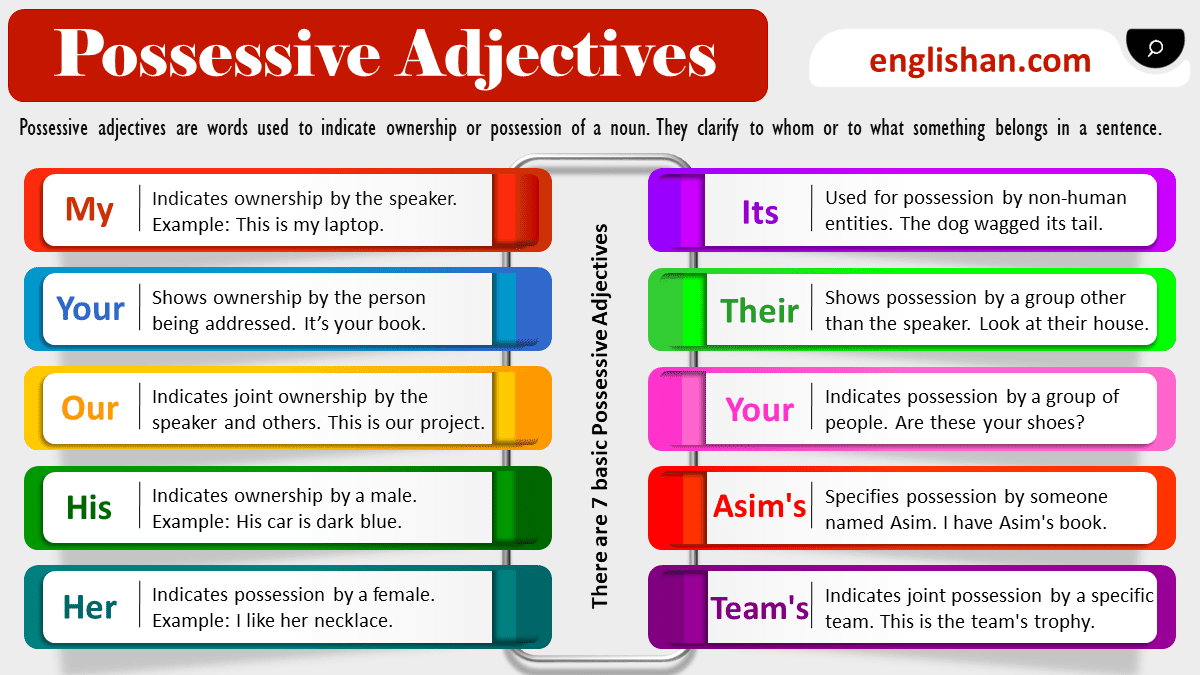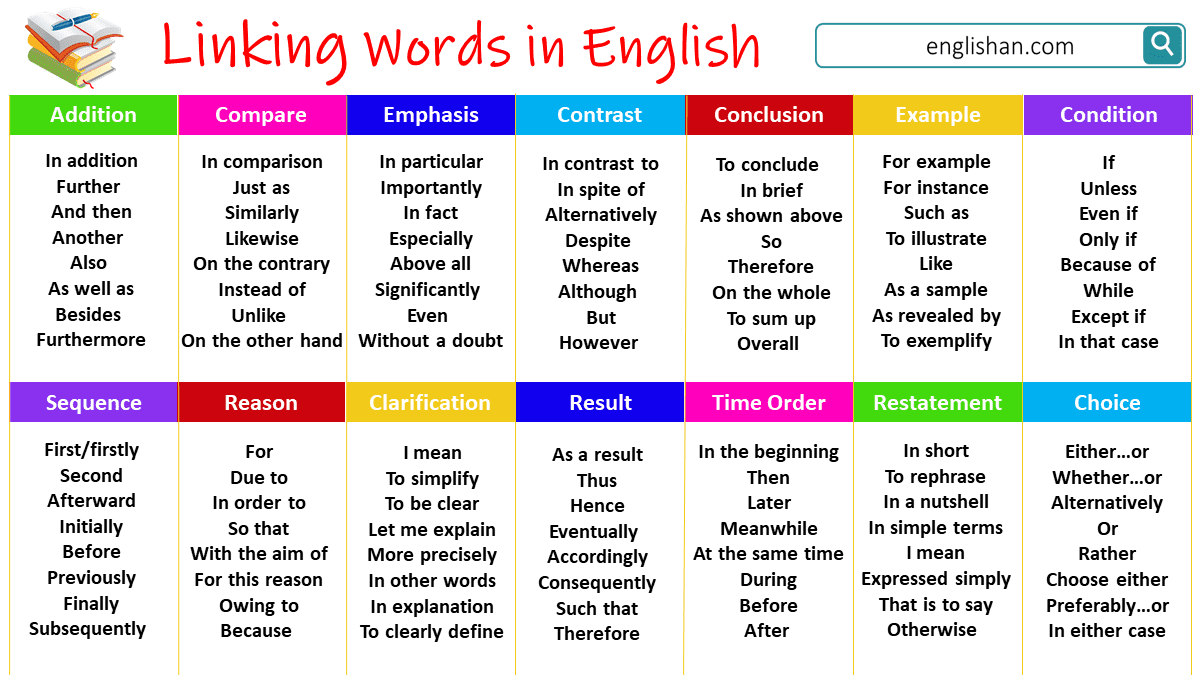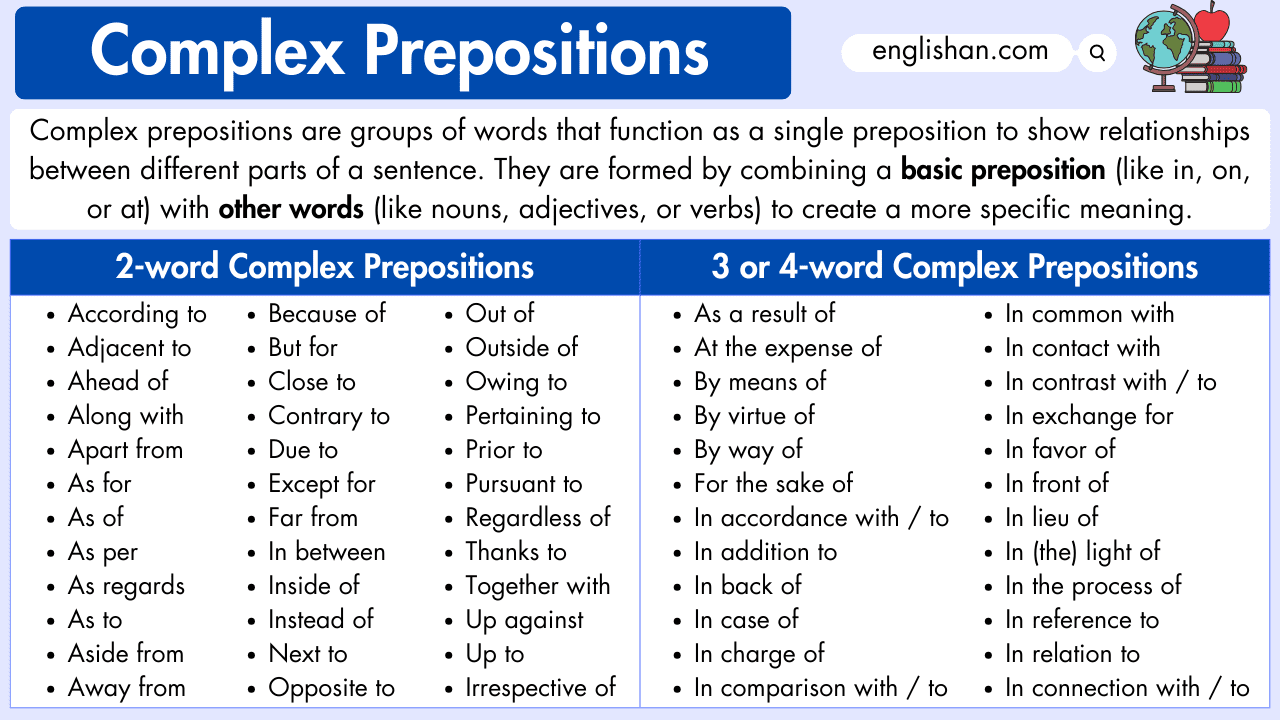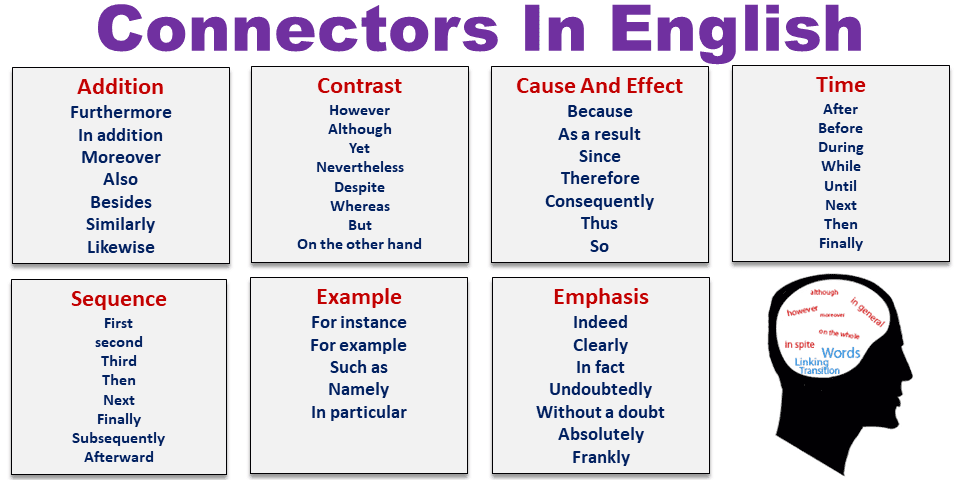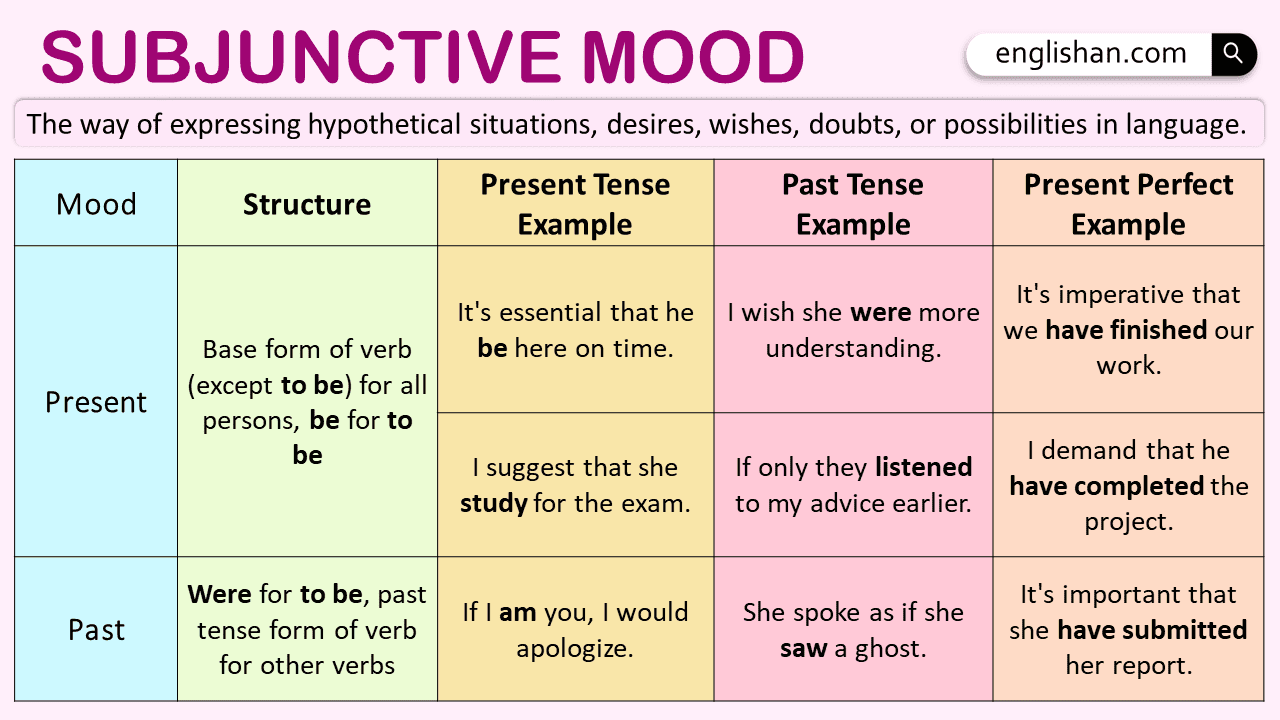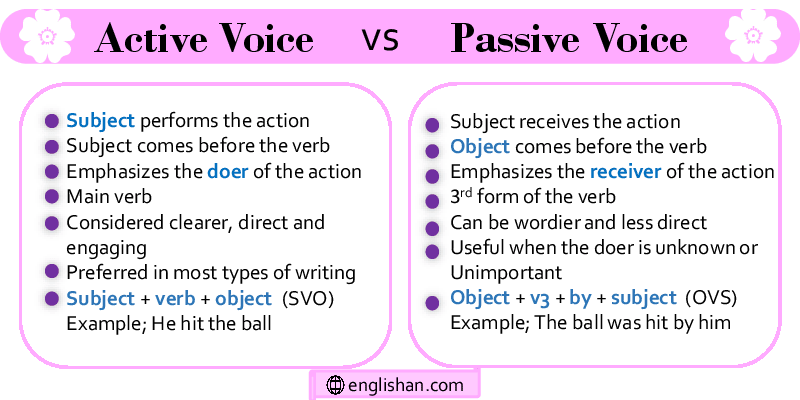Contents
Possessive adjectives are a crucial part of the English language, as they help to clarify ownership and possession. These words come before nouns and indicate that the noun belongs to the subject of the sentence. Some common possessive adjectives include my, your, his, her, its, our, and their. Understanding how to use correctly is essential for effective communication. In this article, we will explore the basics of possessive adjectives with uses and examples. So, let’s get started!
What are Possessive Adjectives?
Possessive adjectives are words used to indicate ownership or possession of a noun. They help identify to whom or to what something belongs. These adjectives are used before a noun to show that the noun belongs to a particular person or thing. Unlike possessive pronouns, which replace nouns, possessive adjectives are placed before the nouns they modify. They simplify and clarify relationships between objects and people in a sentence. Common possessive adjectives in English include “my,” “your,” “his,” “her,” “its,” “our,” and “their.”
- My (singular, first person)
- Your (singular, second person)
- His (singular, third person masculine)
- Her (singular, third person feminine)
- Its (singular, third person neuter)
- Our (plural, first person)
- Your (plural, second person)
- Their (plural, third person)
For instance, if you say, “This is my book,” the possessive adjective “my” shows that the book belongs to belongs to the person speaking (singular, first person). Similarly, in the sentence “Her cat is cute,” the possessive adjective “her” indicates that the cat belongs to the person being referred to (singular, third person feminine).
Common Possessive Adjectives
Here are the most common possessive adjectives:
- My: When you say “my,” you are talking about something that belongs to you. For example, “This is my book.”
- Your: “Your” is used when talking about something that belongs to another person. For instance, “Is this your laptop?”
- His: If you want to show that something belongs to a male, you use “his.” For example, “That is his car.”
- Her: Similarly, “her” is used to indicate possession by a female. For instance, “I like her dress.”
- Its: “Its” is a bit different because it is used for things and animals, not people. For example, “The company increased its profits. .”
- Our: When talking about something that belongs to a group including yourself, you use “our.” For instance, “This is our house.”
- Their: “Their” indicates that something belongs to more than one person. For example, “I like their new song.”
- Whose: “Whose” is a question word that helps us find out who something belongs to. For instance, “Whose backpack is this?”
- Mine: If you want to say that something belongs to you without mentioning the noun, you use “mine.” For example, “The red bike is mine.”
- Yours: Similar to “mine,” “yours” is used when referring to something that belongs to the person you are talking to. For instance, “Is this pen yours?”
How to Use Possessive Adjectives?
Using possessive adjectives is quite simple, and they are used to indicate ownership or possession of a noun. Here’s a simple guide on how to use possessive adjectives:
- Identify the Owner: Before using possessive adjectives, determine the ownership or association you want to convey in your sentence. Ask yourself, “Whose is it?” to establish the context.
- Choose the Right Possessive Adjective: Select the appropriate possessive adjective based on the owner’s identity. For examples:
- Place Possessive Adjective Before the Noun: Insert the possessive adjective just before the noun it is modifying. This helps clarify who the owner is.
- Deal with Plural Nouns: When using possessive adjectives with plural nouns, add the apostrophe after the noun:
- “These are my friends’ dogs.”
- In Questions: Use them in questions to inquire about ownership or association:
- “Whose phone is this?”
- “Is this their house?”
- Avoid Confusing “Its” and “It’s”: Remember that “its” is a possessive adjective, while “it’s” is a contraction for “it is” or “it has”:
- “The cat licked its fur.”
- “It’s (it is) a sunny day.”
- Be Mindful of Whose vs. Who’s: “Whose” is a possessive adjective indicating ownership, while “who’s” is a contraction for “who is” or “who has.”
- “Whose car is this?” (Ownership)
- “Who’s coming to the party?” (Contraction)
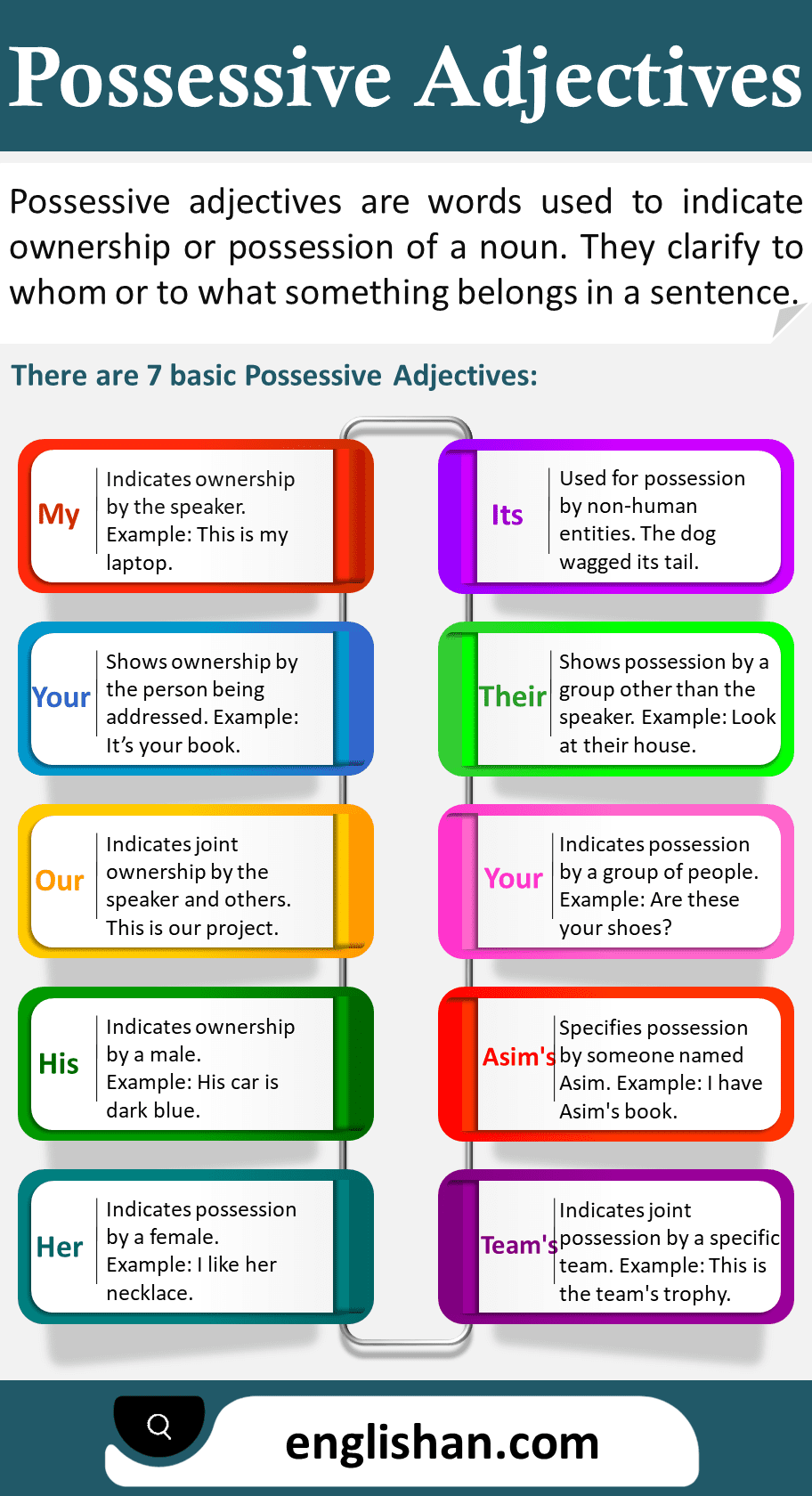
Forms of Possessive Adjectives
Possessive adjectives have different forms depending on the gender and number of the noun they modify. Let’s explore the basic forms:
Add apostrophe and ‘s’
Possessive adjectives are usually formed by adding an apostrophe and an ‘s’ to the owner, except for “its” which is used as is. Let’s explore some examples:
- John‘s car (belonging to John)
- Mary‘s book (belonging to Mary)
- The cat‘s toy (belonging to the cat)
Singular Possessive Adjectives
- My: This is used when something belongs to the speaker. For example, “This is my book.”
- Your: When addressing someone directly or indirectly, we use “your” to indicate possession. For instance, “Is this your pencil?”
- His: When something belongs to a male, we use “his.” For example, “That is his car.”
- Her: Similar to “his,” “her” is used when something belongs to a female. For instance, “I like her dress.”
- Its: This form is used for non-living things or animals. For example, “The cat is licking its paw.”
Plural Possessive Adjectives
- Our: Used to indicate possession by a group to which the speaker belongs. For instance, “These are our seats.”
- Your: When referring to the possession of more than one person, we use “your.” For example, “Are these your keys?”
- Their: Signifying possession by more than one person or thing, “their” is used. For instance, “The children have their toys.”
Possessive Adjectives vs. Possessive Pronouns
Possessive adjectives and possessive pronouns both indicate possession, but they are used in different ways within a sentence. For instance, possessive adjectives are words that modify a noun, indicating to whom or to what something belongs. They always come before the noun they are describing. The common possessive adjectives are my, your, his, her, its, our, and their. Possessive pronouns, on the other hand, replace a noun and stand alone in a sentence. They demonstrate ownership without needing a specific noun following them. The possessive pronouns are mine, yours, his, hers, its, ours, and theirs.
- Possessive Adjective: This is my car. (Modifying the noun “car.”)
- Possessive Pronoun: This is mine. (Replacing the noun “car.”)
Common Mistakes to Avoid
Understanding possessive adjectives is essential, but it’s also crucial to be aware of common mistakes to ensure clear and effective communication. For instance:
Confusing “Its” and “It’s”
“Its” is a possessive adjective, while “it’s” is a contraction of “it is” or “it has.” Many people mix them up, so it’s important to remember their distinct uses.
Incorrect Usage of “Your” and “You’re”
Similar to “its” and “it’s,” “your” is a possessive adjective, and “you’re” is a contraction of “you are.” Ensuring the proper usage of these terms is crucial for clear communication.
- Is this your backpack? (possessive adjective)
- You’re shoes are untied. (contraction)
Whose vs. Who’s:
“Whose” is a possessive form, and “who’s” is a contraction for “who is” or “who has.”
- Who’s responsible for this? (contraction)
- Whose book is this? (possessive adjective)
Mismatching Singular and Plural:
Ensure that the possessive adjective matches the number (singular or plural) of the noun it modifies. For instance, use “This is her cat” (singular) and “These are their cats” (plural).
List of Possessive Adjectives
- My
- Your
- His
- Her
- Its
- Our
- Their
- Mine
- Yours
- Whose
- One’s
- His
- Hers
- Its
- Ours
- Theirs
- My own
- Your own
- His own
- Her own
- Its own
- Our own
- Their own
- Our team’s
- His brother’s
- The child’s
- My friend’s
- Your mother’s
- Your team’s
- The student’s
- The doctor’s
- Your sister’s
Example Sentences
- This is my favorite book.
- Is that your new bicycle?
- I like her dress; it’s beautiful.
- We decorated our room for the party.
- The children planted flowers in their garden.
- Can I borrow your pen for a moment?
- My mom makes delicious cookies.
- The students completed their homework.
- Have you seen his new phone?
- The company is expanding its operations.
- Their grandparents are visiting next week.
- Is this your backpack or mine?
- We appreciate your hard work.
- Her parents are coming for dinner.
- My brother’s room is always messy.
- The team celebrated its victory.
- Our neighbors are friendly.
- I found his keys on the table.
- The children lost their toys at the park.
- The dog wagged its tail happily.
- We enjoyed our vacation in the mountains.
- Can I use your phone for a minute?
Possessive Adjectives Exercises
Choose between possessive adjectives and possessive pronouns based on the context.
- This is ___ house. (our/ours)
- Can I borrow ___ pen? (your/yours)
- That book is ___ brother’s. (his/him)
- Is this ___ car? (your/yours)
- The team celebrated ___ victory. (their/theirs)
- I can’t find ___ keys. (my/mine)
- Sarah is ___ friend. (my/mine)
- The responsibility is ___ department’s. (our/ours)
- This project is ___ responsibility. (our/ours)
- I met ___ brother yesterday. (your/yours)
Answers:
- our
- your
- his
- your
- their
- my
- my
- my
- our
- our
- your
FAQs
Possessive adjectives are words used to indicate ownership or possession of a noun. They clarify to whom or to what something belongs in a sentence.
The common possessive adjectives are my, your, his, her, its, our, and their.
Possessive adjectives modify nouns, indicating ownership, while possessive pronouns stand-alone, replacing nouns to show possession. For example, “my book” (possessive adjective) vs. “The book is mine” (possessive pronoun).
Here are example sentences:
1. This is my laptop.
2. Is that your book?
3. I like her necklace.
4. We enjoy our picnics.
5. Look at their house.
You May Also Like
